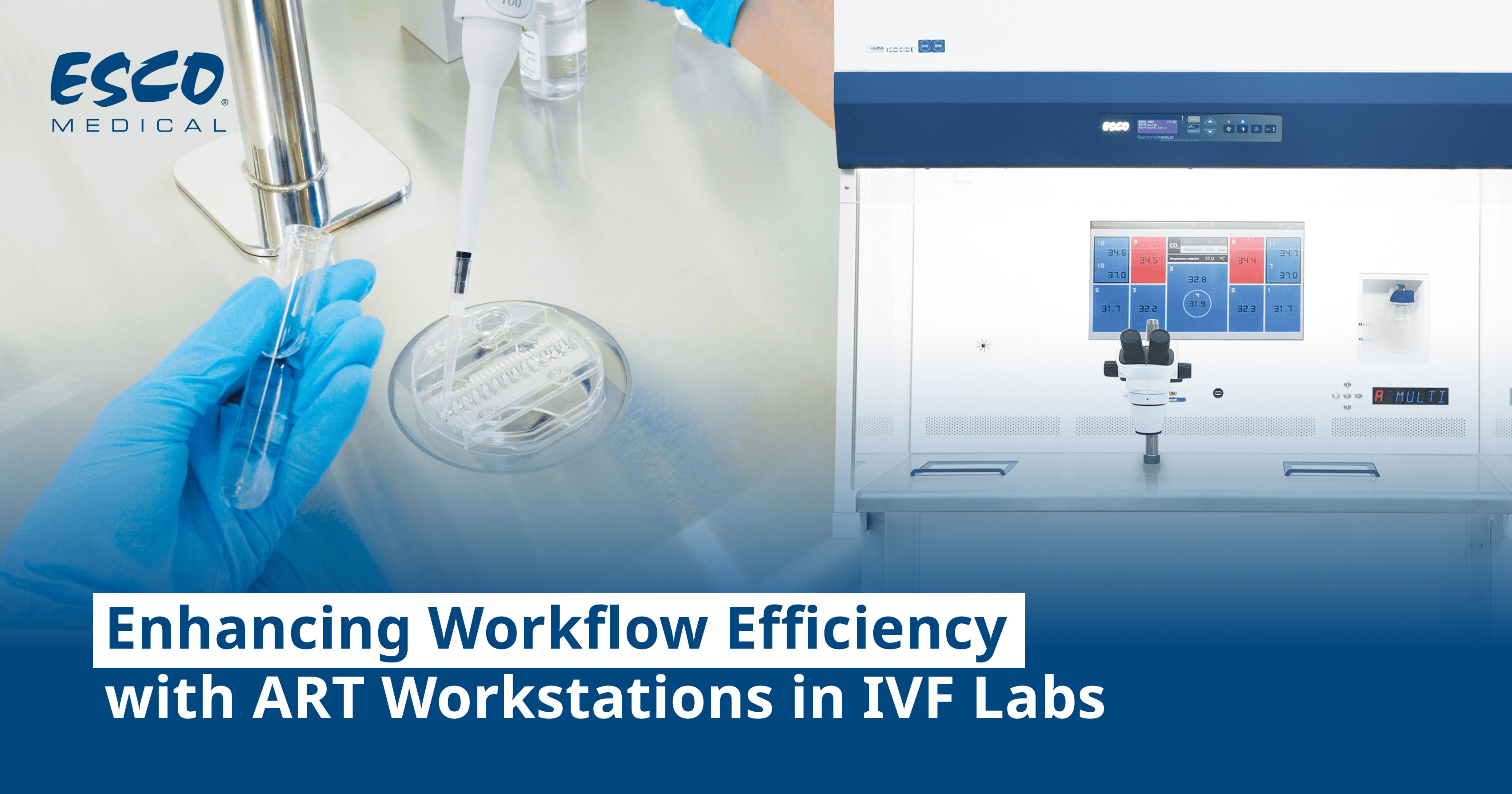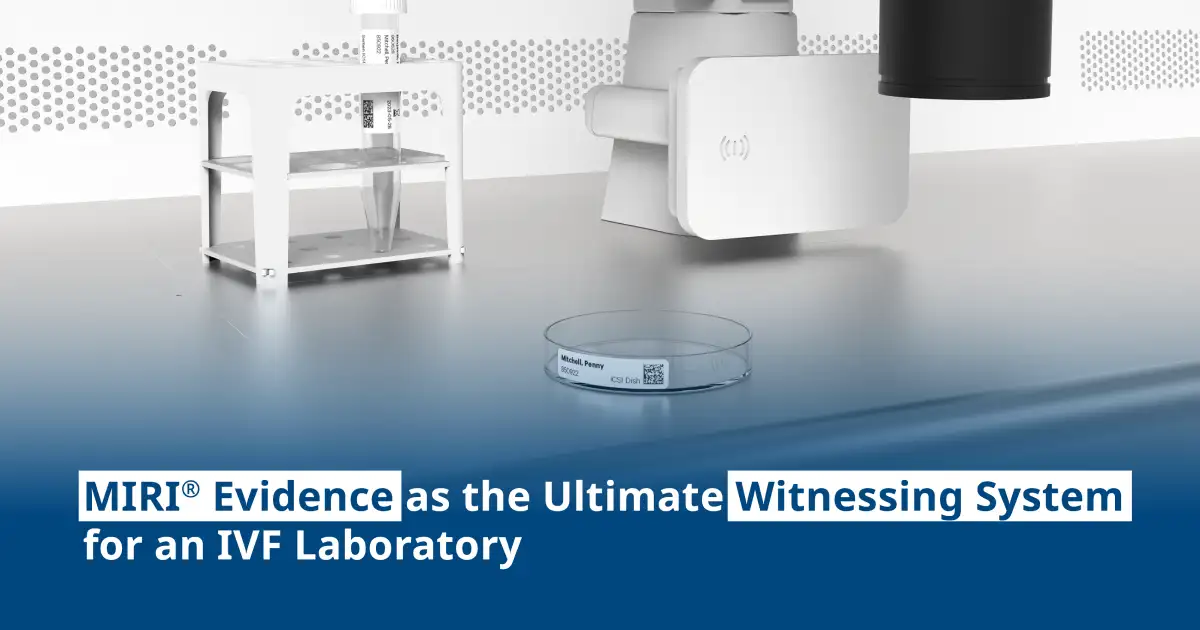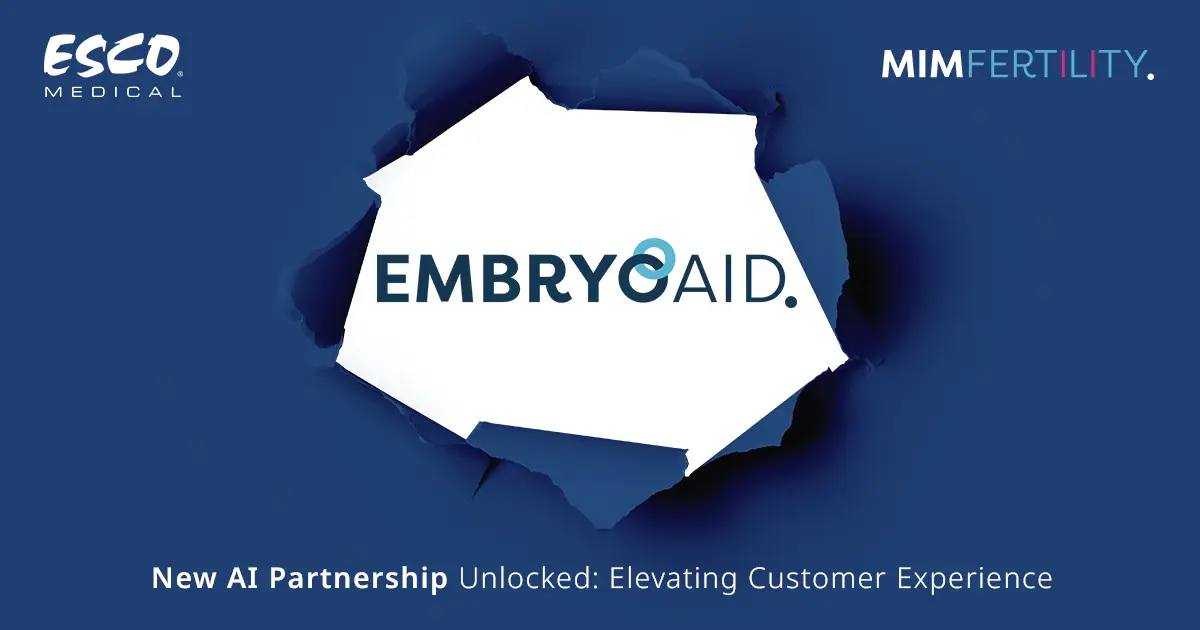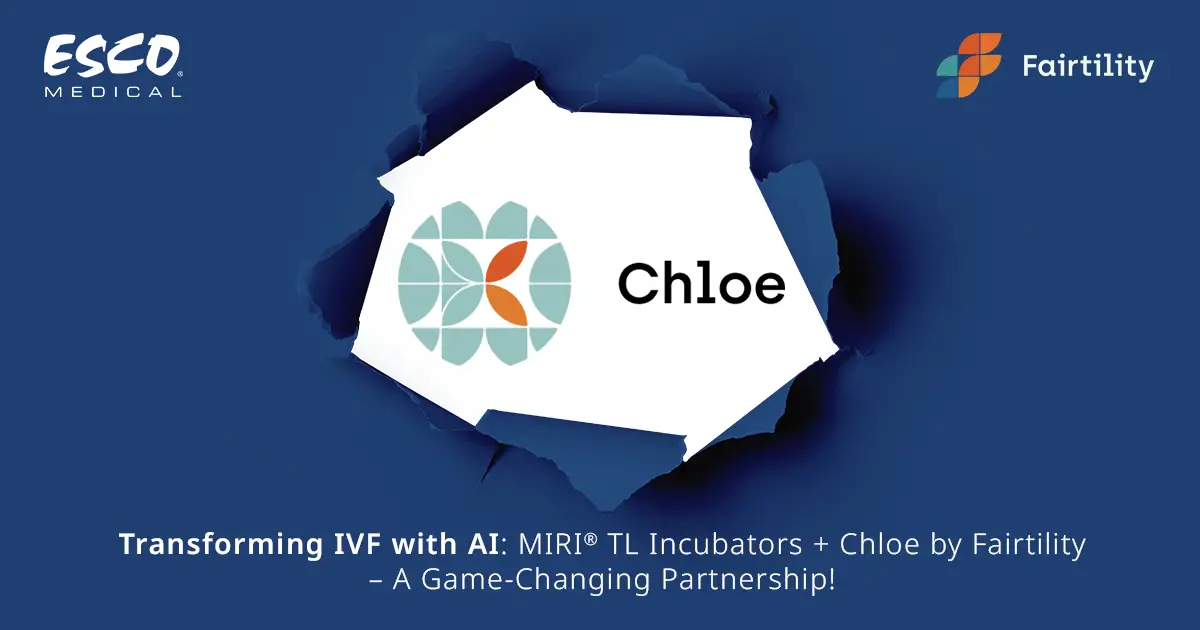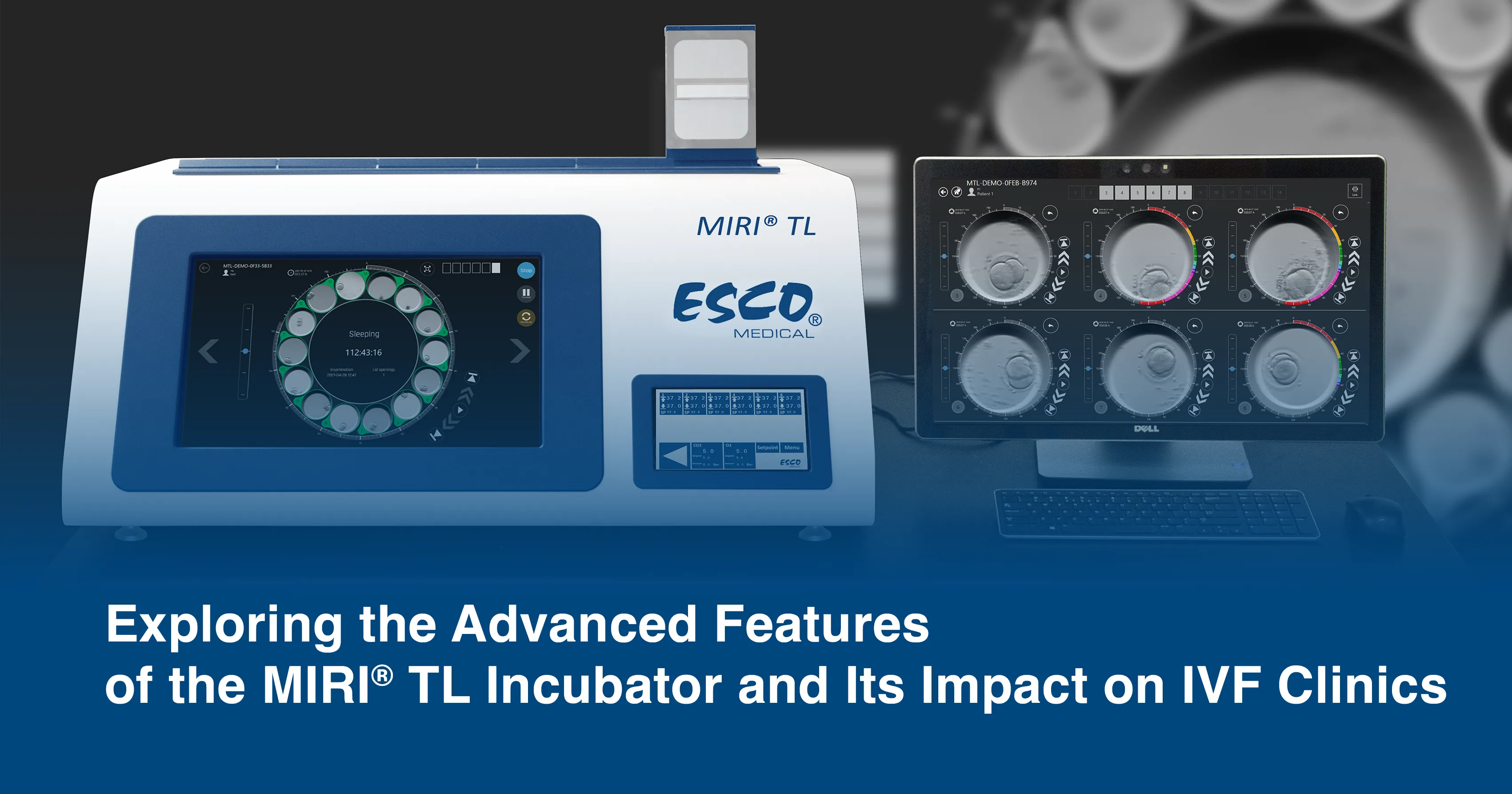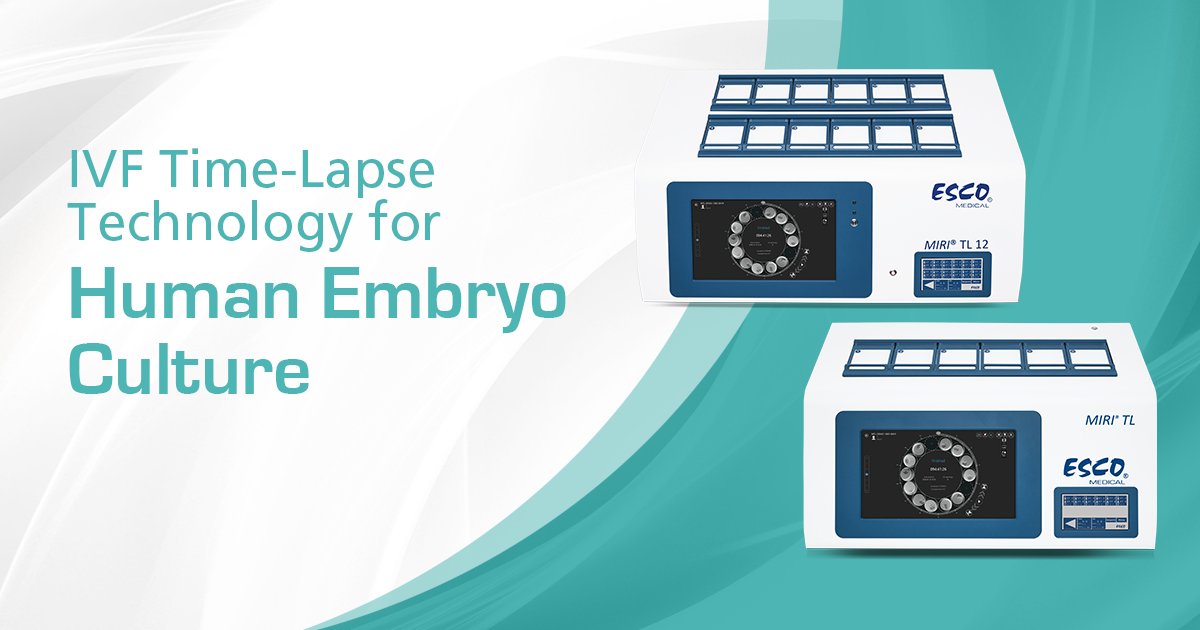
There have been several studies tackling different methods for embryo selection to achieve a shorter period of time for a successful pregnancy. One example would be the use of Preimplantation Genetic Screening (PGS) to identify the presence of aneuploidy in embryos that are claimed to have lower implantation and clinical pregnancy rates. This method is an example of an invasive method for selecting embryos for transfer. With Time-lapse technology in IVF, we now have a non-invasive way of selecting healthy embryos for transfer and this has been a stepping stone towards further development of other non-invasive ways of embryo selection.
What is time-lapse technology?
Time-lapse is one of the latest innovations in human embryo incubation systems. It is based on the Silent Embryo Hypothesis where it is believed that the less disturbance there is to the embryo during culture, the better the development of the embryo. This Technology allows for the recording of embryo development via time-lapse embryo imaging, where the incubator is composed of an IVF incubator and an integrated microscope that takes pictures every 5-20 minutes while having several focal planes per captured image. Time-lapse has given embryologists the capacity to study embryo development better than traditional manual microscopy practices and has opened doors for non-invasive embryo selection researches.
Benefits of time-lapse technology
Time-lapse imaging of embryos have the following advantages over conventional IVF incubators:
1. Undisturbed culture environment
Time-lapse IVF culture systems provide embryo culture without lid opening. This makes sure that the embryos are in their desired environmental conditions throughout the whole embryo culture period which takes about 5-7 days maximum with blastocyst culture.
2. Excellent temperature and gas recovery rates
Minimal to no lid openings allow for the sustainability of parameter setpoints and smaller chamber size compared to box type incubators make it easier to reach these setpoints in a shorter period of time. Esco's MIRI® TL has heated lids aside from the usually heated bottom that helps in the faster temperature and gas recovery than other time-lapse incubator brands.
3. Access to Rich Morphokinetic Data
By using time-lapse imaging of embryos in the IVF lab, embryologists have more data to further understand embryo development that gives them data for an objective and sound embryo selection.
4. Excellent Temperature Uniformity
The MIRI® TL's heated lid and bottom for every chamber to ensure that the setpoint of 37C is met at all times on the position of the embryos in the dish. Compared to other culture systems like box type incubators, the opening of the chambers for time-lapse systems won't result in to change of temperature and gas parameters.
5. Objective Embryo Ranking
Time-lapse culture systems are also known for their capability to automatically rank embryos according to their probability for implantation according to previous data gathered by the incubator. This feature of time-lapse systems eliminates bias and helps embryologists give objective judgment for transferring, freezing, and discarding embryos.
Is the cost worth the investment?
Time-lapse embryo monitoring is well known to be more expensive than usual conventional IVF incubators (box type incubators, benchtop incubators, etc.), but does the price justify the technology present in the machine? The quick answer would be yes.
Time-lapse technology provides more detailed information about each embryo that a patient has compared to the usual manual microscopy checks that embryologists do every day (which only accounts for a handful of checks every day). With time-lapse embryo monitoring, users also have access to higher accuracy for annotation of events (PN detection, cleaving time, cavitation time, etc.) which are vital to the determination of candidate embryos for transfer.
This culture system also provides information on various negative predictors that are commonly known to have poor implantation rates. Some of these negative predictors that can be identified with time-lapse monitoring would be multinucleation, reverse cleavages, direct uneven cleavages, etc.
Esco Medical’s time-lapse incubator (MIRI® TL)
Esco Medical's very own time-lapse incubator the MIRI® Time-Lapse Incubator (MIRI® TL) is a multiroom incubator with a built-in camera and microscope. The MIRI® TL provides real time videos of embryos during the duration of the culture period without the need for manual checking on the microscope.
Its unique design allows for the microscope to move along the incubator chambers to capture images of the embryo which gives you extra security compared to other brands. Time-lapse videos provide detailed morphokinetic data that can be used for analysis. These data are used for accurate annotation of events and gives embryologists an objevtive view for identifying embryos with high probability of implantation and clinical pregnancy rates
MIRI® TL Features
Independent Chamber System
The MIRI® TL comes in two (2) variants, the TL6 and TL12. Both have independent chambers with precise temperature and gas regulation which ensures that opening any chamber does not affect the environment in other neighboring chambers.
Time-lapse monitoring
Real-time videos produced by time-lapse imaging gives ample amount of data to embryologists in able to create sound and objective analysis of embryos.
Heated lid
The heated lid and bottom allows for excellent temperature uniformity and prevents condensation. This feature also allows for quicker temperature recovery every opening of the chamber.
Fast temperature and gas recovery rates
The MIRI® TL has a record of <1 minute for temperature recovery and <3 minutes for gas recovery.
Superior gas system
The MIRI® TL has a built-in trigas mixer which allow the use of pure gas inserts. It also has an advanced gas regulation system, HEPA/VOC filtered recirculation that allows precise gas level control and lower gas consumption rates. It also has a UV-sterilization feature of recirculating gas that ensures biological safety of embryos.
External Gas and Temperature Validation
External gas and temperature validation is possible with the MIRI® TL with its individual gas sampling ports and independent PT-1000 sensors.
MIRI® TL Data Logger
The MIRI® TL comes with a datalogger that continuously monitors and documents gas flow, gas concentration and pressure, temperature regulation.
Continuous pH monitoring
Compared to other time-lapse incubators, the MIRI® TL is compatible with SAFE Sens technology integration or continuous pH monitoring without opening the chamber.
MIRI® TL Viewer software and MIRI® TL Data Server
The MIRI® TL Data server exponentially increases image and data storage capacity of the MIRI® TL. The MIRI® TL Viewer software allows detailed morphokinetic data used to review, annotate and side-by-side comparison of embryos. Data can also be exported for retrospective analysis.
